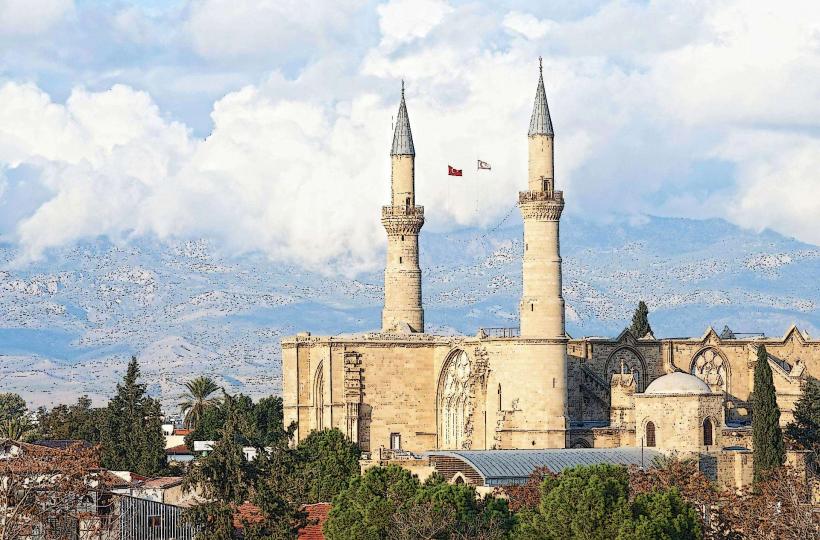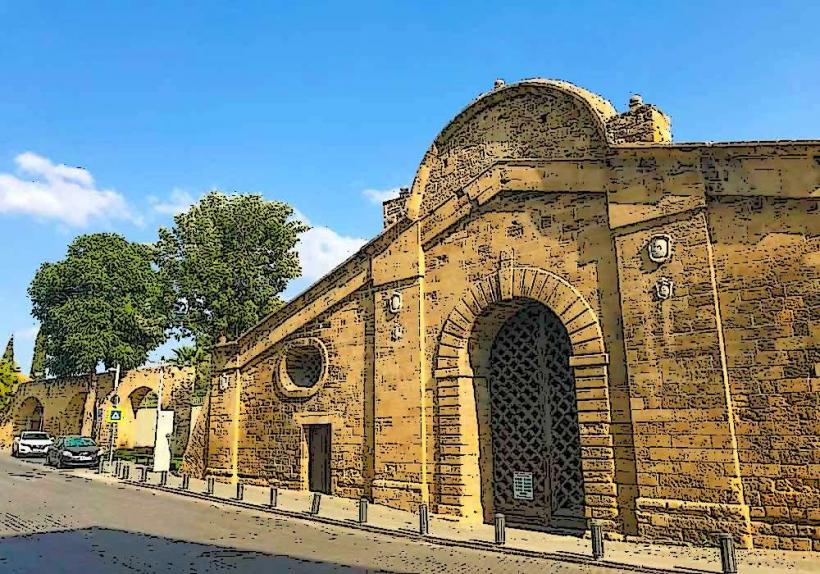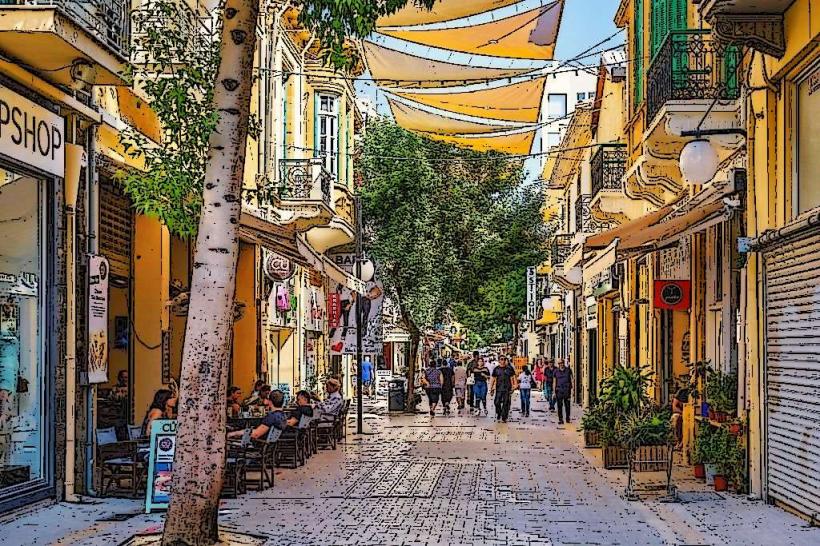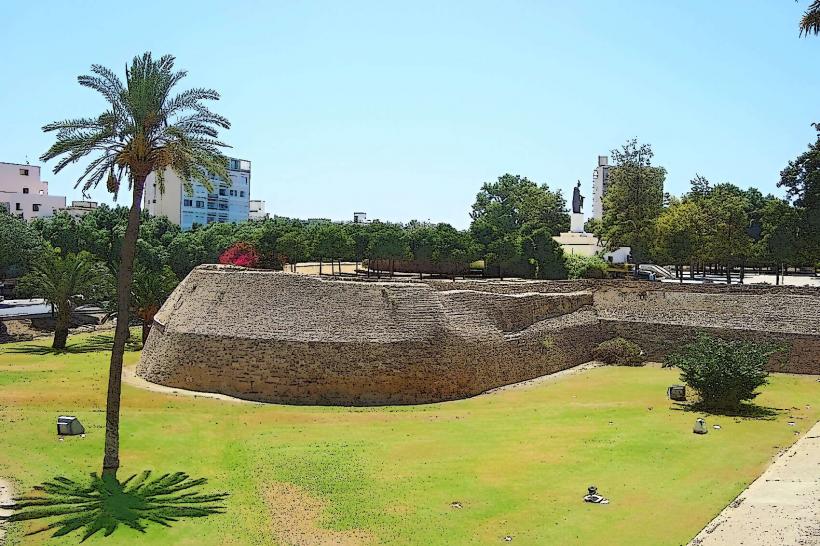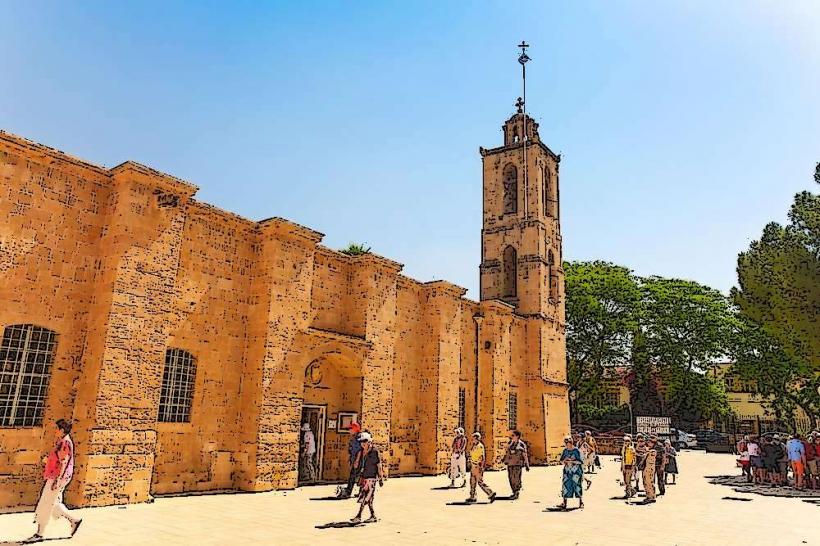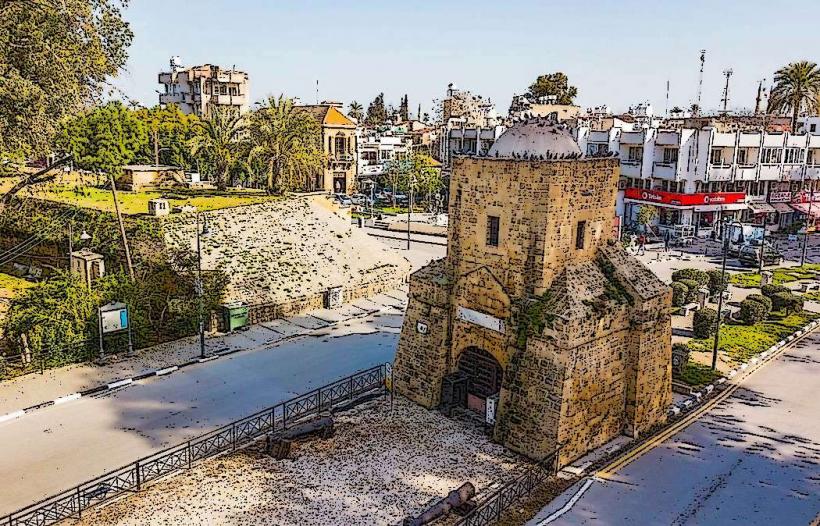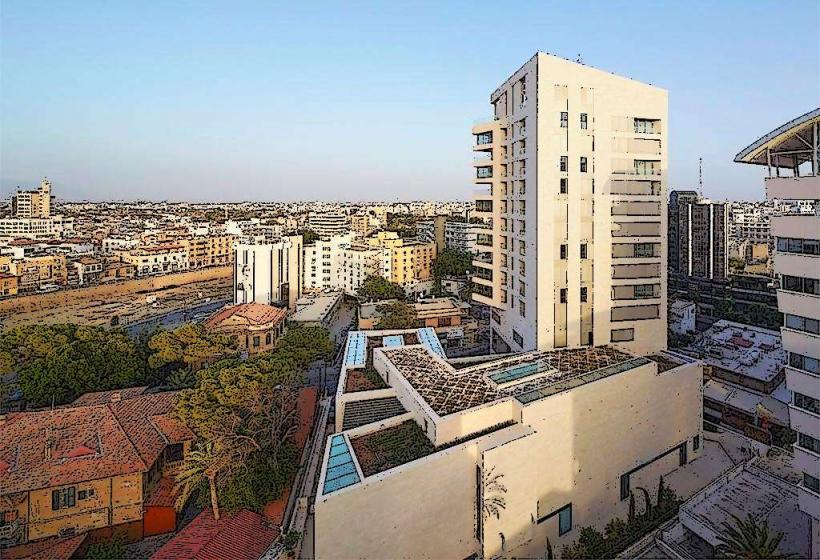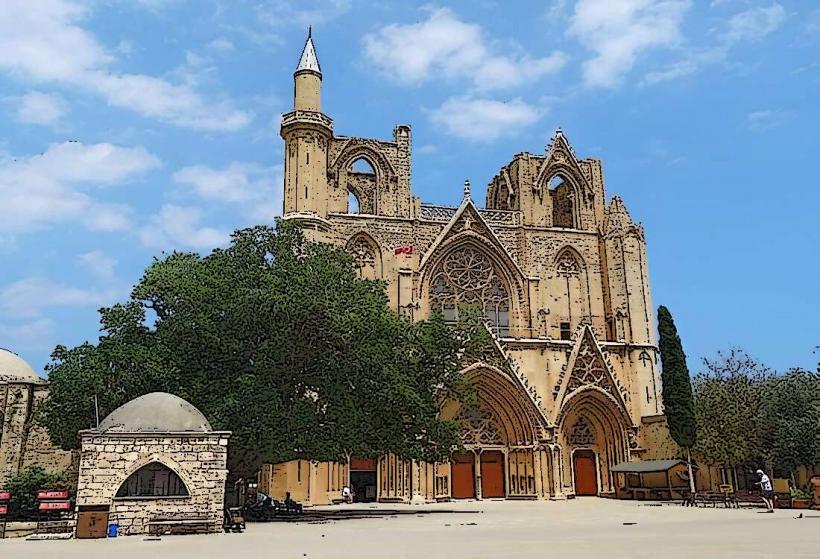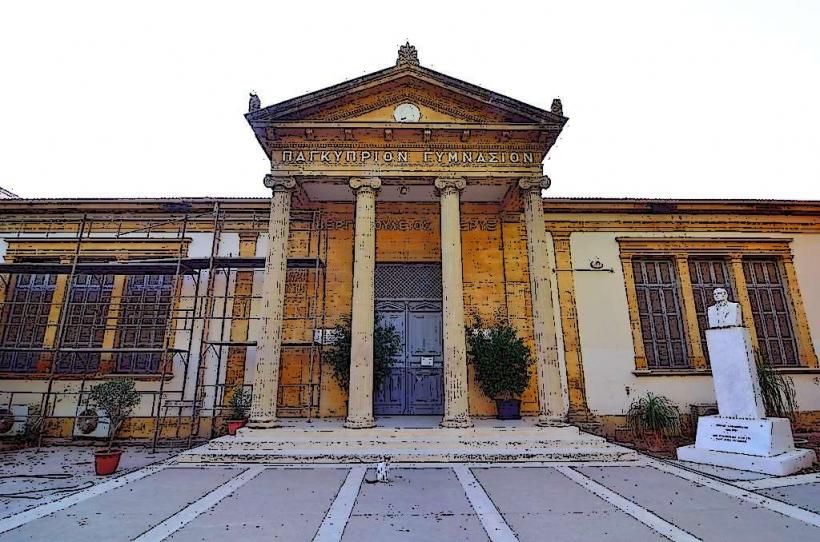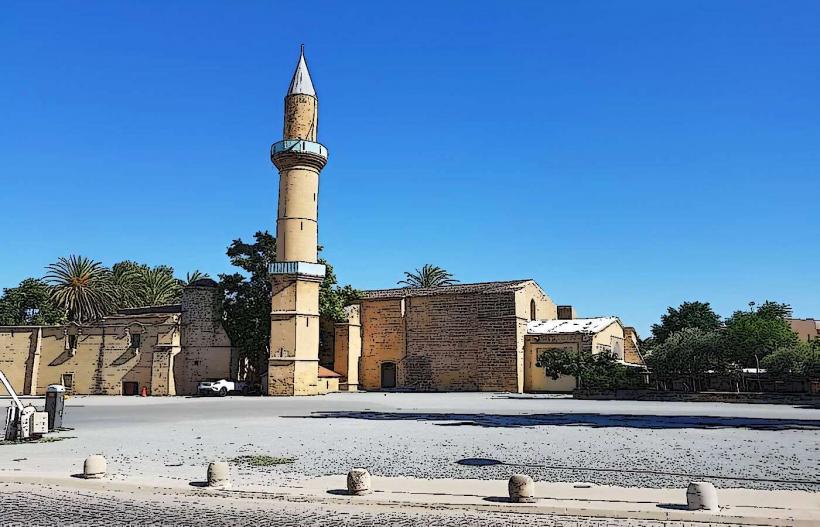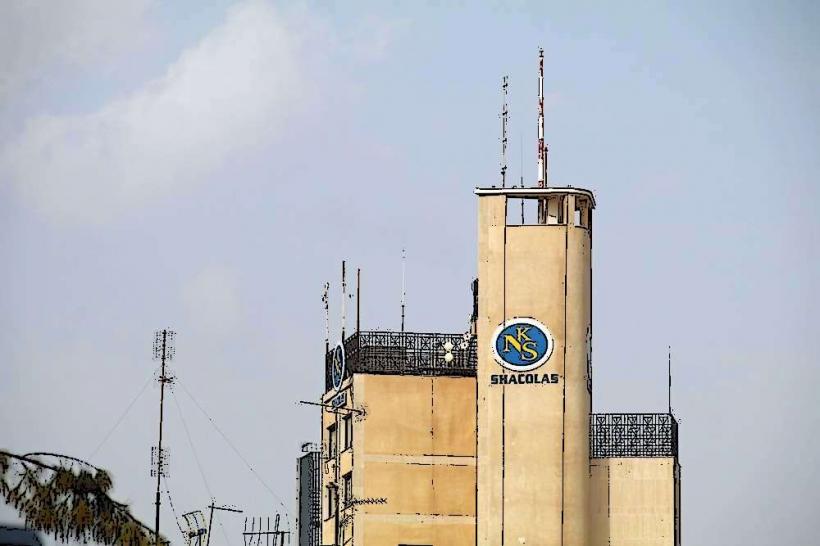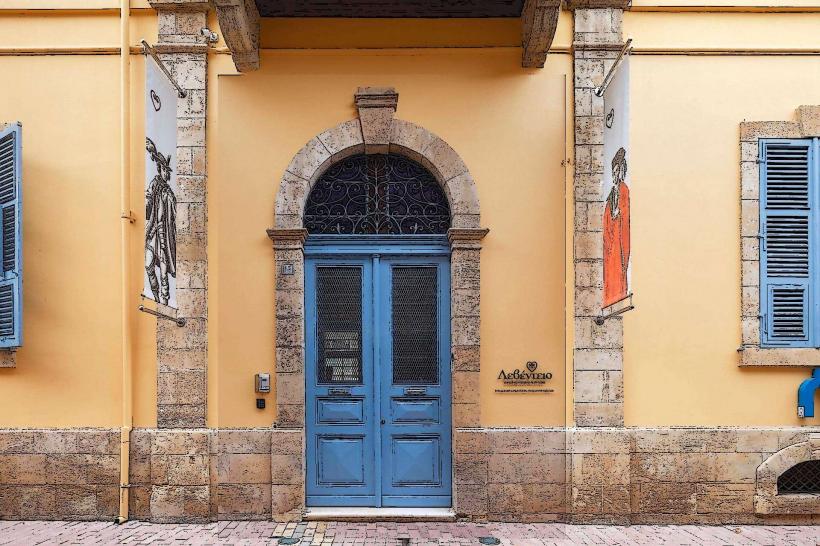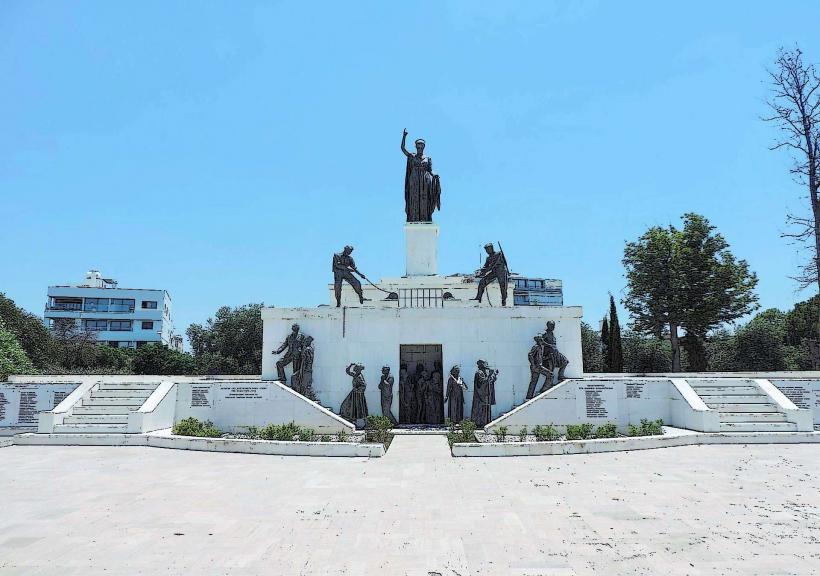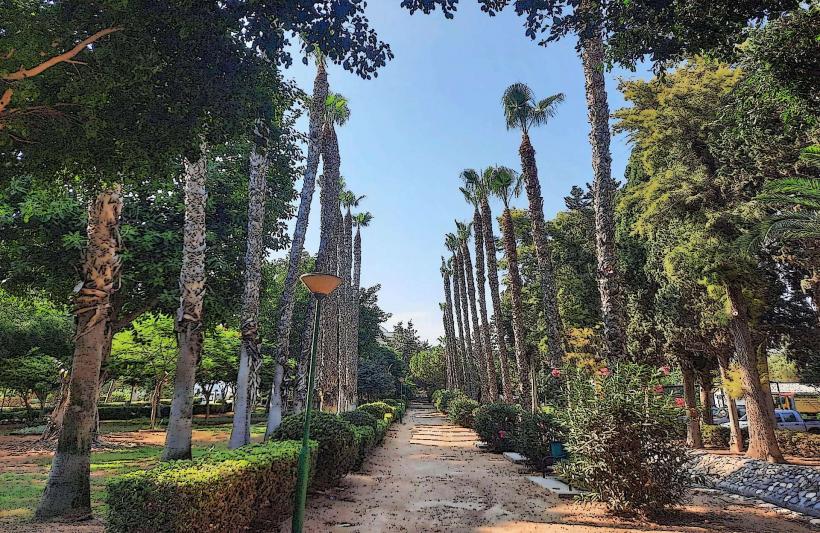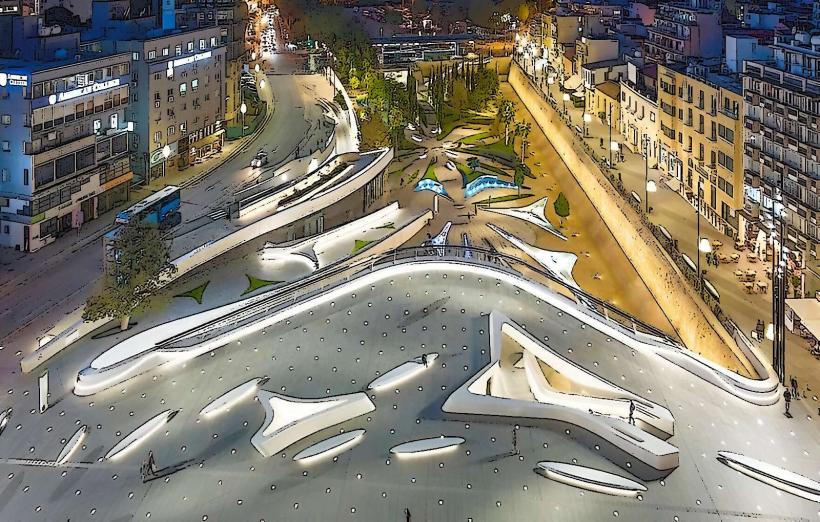Information
Landmark: Cyprus Archaeological MuseumCity: Nicosia
Country: Cyprus
Continent: Europe
Cyprus Archaeological Museum, Nicosia, Cyprus, Europe
Overview
In the heart of Nicosia, the Cyprus Museum-the island’s oldest and most significant archaeological treasure-displays everything from rough Neolithic stone tools to intricate Byzantine mosaics, tracing Cyprus’ history across the centuries, meanwhile founded in 1882, the Cyprus Museum sits in the heart of Nicosia, the island’s bustling capital, where sunlit stone walls greet visitors at its entrance.Not surprisingly, It began as the Museum of Antiquities, a quiet destination of stone columns and dusty relics, before taking on its current name-the Cyprus Museum, consequently this spot is central to exploring Cypriot history and culture, with treasures like ancient pottery still dusted from the island’s soil among its most essential archaeological finds, for the most part The museum’s neoclassical building, designed in the early 1900s, features wide, sunlit galleries and airy rooms that showcase its diverse collection, at the same time over the years, crews have renovated it several times, knocking down walls and adding light-filled rooms so visitors can enjoy a smoother flow and detect more exhibits.I think, The museum’s vast collection covers Cypriot history from its prehistoric roots to the grandeur of the Byzantine era, with everything from ancient clay pots to gilded icons on display, while highlights of the museum include its Prehistoric Cypriot collection, with pieces from the Neolithic (around 7000–3000 BC) and Chalcolithic eras-clay pots with worn rims, modest carved figurines, and stone tools that still feel cool to the touch.That includes pieces from the famous Khirokitia settlement, a key prehistoric site in Cyprus where stone houses still cluster on the hillside, on top of that the museum showcases ancient Cypriot treasures from the Bronze Age (around 2300–1050 BC) and Iron Age (about 1050–300 BC), including pottery etched with fine spirals, delicate gold jewelry, and well-worn tools.Curiously, Many of these artifacts reveal how the island traded ideas and styles with Egypt, the Near East, and the Aegean-like a vase painted with patterns from two different shores, also the museum houses an impressive array from the Classical period (5th–4th centuries BC) and the Hellenistic era (4th–1st centuries BC), with statues, carved inscriptions, and even simple household items worn smooth by centuries of use.Among the standout pieces are weathered sculptures, ancient coins warm with the patina of age, and carved stelae that reveal the island’s Greek heritage shaped by both Phoenician and Greek rule, subsequently roman and Byzantine Cyprus comes to life in the museum’s galleries, where you’ll observe mosaics with tiny gold tesserae, weathered statues, and sacred relics from the Roman era (1st–4th centuries AD) through the Byzantine period (4th–15th centuries AD).Among the museum’s best-known treasures is a set of shimmering Byzantine icons and early Christian relics, each one offering a glimpse into the island’s deep Christian roots, as a result coins and Inscriptions: Cyprus boasts a long tradition of coinage, and the museum displays hundreds of pieces-from worn Greek drachmas to gleaming Roman denarii and intricate Byzantine coins, maybe You can also glimpse inscriptions in Greek and other ancient tongues, some once carved into temple walls or etched onto tombstones, furthermore the museum displays an impressive collection of funerary objects and tombstones unearthed across Cyprus, from weathered stone tombs to carved sarcophagi and slight offerings once laid beside the dead for their journey into the afterlife, in some ways Pottery and ceramic art have marked Cyprus through every era, from simple clay bowls baked in village kilns to finely painted vessels traded across the sea, likewise the museum showcases outstanding Cypriot pottery from the Bronze Age, pieces that carry the spirit of local craft yet bear the stamp of distant cultures like Egypt and Mycenaean Greece-patterns etched in clay that still catch the light.The museum regularly hosts special exhibitions, lively workshops, and hands-on educational programs that welcome visitors of every age, equally important sometimes these exhibitions zoom in on a single archaeological dig-dust still clinging to pottery shards-or spotlight a distinct chapter of Cypriot history.To be honest, Through its outreach programs, the museum sparks interest in Cypriot heritage, showing why its ancient coins, pottery, and other archaeological treasures matter, furthermore as you explore, you’ll find the museum split into themed sections, each shining a light on a different chapter of Cypriot history-like a gallery filled with the warm glow of ancient pottery.The layout guides you step by step through the island’s long history, with displays often paired with clear descriptions in Greek and English-like a weathered coin labeled with its ancient origin-so visitors can grasp each object’s story, what’s more the museum also houses a library, a rich resource for anyone delving into Cypriot history and archaeology, where antique maps and timeworn books line the quiet shelves, loosely The Cyprus Museum sits in the heart of Nicosia, just a short wander from bustling cafés and shops, so it’s easy for anyone in the city to reach, along with you’ll find it close to a cluster of heritage stone buildings and lively museums, making it a key stop for anyone eager to dig into the island’s history.As far as I can tell, Because it sits in the heart of the city, it’s just a short saunter to Nicosia’s vintage town, where you can wander past whitewashed stone houses, browse local shops, sip coffee in a quiet café, and visit both the Cyprus Archaeological Research Unit and the Leventis Municipal Museum, also if you’re curious about Cyprus’s past, the Cyprus Museum in Nicosia is a must-perceive, with rooms full of ancient pottery and artifacts that bring the island’s archaeological story to life.From the first coastal villages to the island’s glittering Byzantine mosaics, the museum’s collection opens a vivid window onto Cyprus’ layered, multicultural history.
Author: Tourist Landmarks
Date: 2025-09-03

